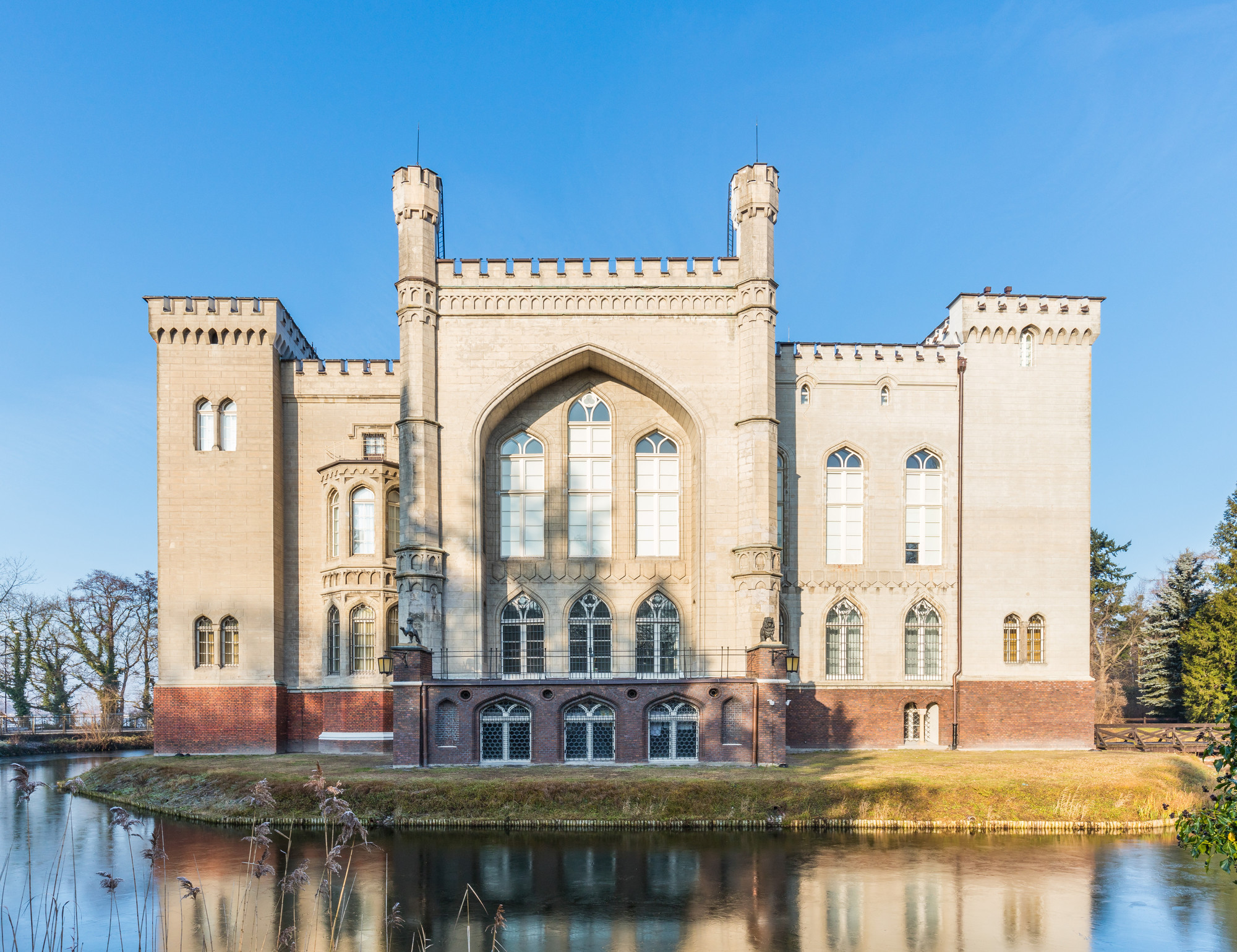
The castle is a ten minute walk from the bus stop, and the closer it looms the more impressive it appears. Founded by the Górka’s this noble family fell into extinction and, after bitter ownership wrangles, the castle passed into the hands of the Działyński family at the end of the 17th century. It would remain the family domain until 1880 when it was inherited by their closest (legitimate) relative, Władyslaw Zamoyski, who before his death in 1924 bequeathed the castle to the Polish nation.
Today the castle owes its appearance to the Działyński family, with the last reconstruction occurring during the 19th century while the castle was under the stewardship of Tytus Działyński. Having originally commissioned the Italian architects Corazzi and Marconi to draw up plans Tytus was put off by the extravagant costs of their suggestions so commissioned a third architect, the German K.E Schinkel (responsible for many of Berlin’s neo-classical structures). Although Schinkel prepared detailed sketches he never actually visited Kórnik, so a frustrated Tytus – a savvy engineer – took matters into his own hands and used a conglomeration of his own ideas and previously submitted plans. Taking a hands-on approach both he and his wife designed all the interiors themselves, leaving their indelible mark on the castle.
Accessed across a wooden draw bridge a visit to the castle does not begin until you’ve strapped a pair of oversized slippers to your feet and done a couple of deft ice-skating moves on the slidey surfaces. Immediately to your right lies the study of Zamoyski, the last owner. Furnished with 17th century Gdańsk cupboards the room also includes a mahogany desk from England, a 19th century Webster’s dictionary and a travelling chest that the workaholic Zamoyski would sometimes use as a pillow. Further on the route takes you through a variety of chambers, each packed with paintings and ornate furnishings. The drawing room is one of the highlights of the ground floor, and features a grand piano owned by Tytus’ sister, Claudyna. Given to her in Dresden, legend has it that Chopin once tickled these ivories in his bid to seduce her. The fireplace, grand as it is, should be noted for other reasons. It’s in here that a patriotic Tytus hid to escape arrest for his involvement in the 1831 Uprising. Other treasures to look for include a rotating table, made from 16 different species of wood, thereby allowing guests to whimsically decree which particular segment they would dine on, and the room is also home to a French pedal harp, its strings made from animal intestines. Carrying on visitors can view an original mosaic from Pompeii depicting a slavering hound and a warning to ‘Beware of the Dog’, while the wooden ceiling of the dining room features 71 coats of arms belonging to the Polish aristocracy. At the end of the room, a giant portrait of Teofila, who is said to float down from her portrait on occasion as a White Lady and stalk benignly around the grounds.
On your way out don’t pass by the mirror; look straight into the middle of it, and make a wish instead. Known as the Morskie Oko (a lake in Zakopane), this mirror is something of a point of pilgrimage for newlyweds. Last on your tour of the ground floor is the Hunting Room. Of note are the interlocked antlers of a pair of a deer, the remains of a deadly fight in the forests of Kórnik. A host of anthropological treasures fill the rest of the room, including Melanesian masks crafted from human bone and a necklace made from human teeth. The seashells on display are the collection of Zamoyski who planned to use them to build a subterranean chapel – a plan abandoned after his death. Walking up the stairs a huge hall designed to mimic the Alhambra contains Tytus’s collection of military weaponry, from the uniforms of winged hussars, to five metre lances. Other curios include two handed battleaxes, lances from the 15th century and a 16th century Spanish chest. Used to store valuables this 13 lock monstrosity can be viewed as being the precursor to the safe. From there on you’ll find a dizzying arrange of personal effects, from Napoleon’s spoon to military medals and even a death cast taken of Jan Działyński’s hand – a supreme example of the sepulchral art of the day.
Kórnik is also an important seat of academia, and the library found inside the castle rates as one of top five in Poland. Founded by Tytus Działyński in 1828 it boasts over 400,000 tomes, including approximately 30,000 books over 150 years old. The prize possession is the Order of Benedict, a 9th century manuscript which is the oldest in Poland. Since 1953 it has operated as part of the National Library of Poland, with an onus on science, and you’ll find many of the more interesting books frequently put out on public display; available for view on our visit were a map from 1482, a first edition of Copernicus’ defining work, De Revolutionobis, and a 16th century bible penned in twelve tongues. Although the library suffered looting courtesy of the Nazi forces the castle itself was saved from an ignoble end by the sharp wits of a curator; keep your eyes to the ground by the entrance, close to the Zamoyski’s study; it’s here you’ll spot a tile arrangement vaguely resembling a swastika; this was pointed out to a group of visiting German officers as a sure sign of Nazi supremacy, and they left peacefully satisfied in the knowledge that Kórnik was German enough to be saved from destruction.


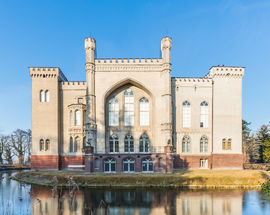
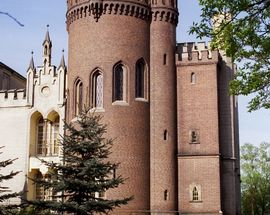
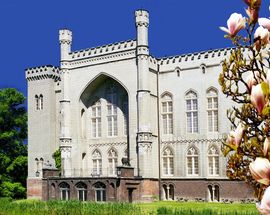
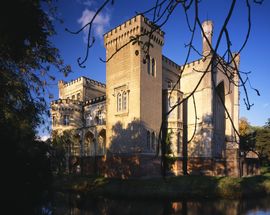
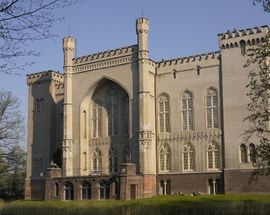
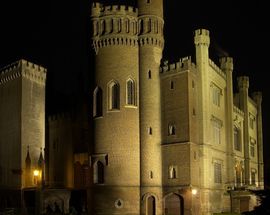
Comments